Returning to Guatemala for a visit after living in other countries, I joined a Habitat for Humanity build in the pueblo of Parramos near Antigua. To be accepted by Habitat for a project, applicants had to meet certain requirements. They had to be a family rather than a group of individuals, own the land, and have some ability to slowly pay back, with no interest. Family members were required to contribute physically with a prescribed number of hours on the site.
Our family: Susan, a lovely face and tiny body wrapped in traditional huipil and corte; her baby, Mercy de los Angeles, Mercy of the angels, wrapped in an indigenous patterned blanket tied to her back or front all day; her husband with a poorly timed broken arm from a motorcycle accident, which limited his ability to help, but an enthusiastic cheerleader when he was on site; and brother’s family, whom they lived with, with toddler daughter Lopita. Two local masons worked on site with us, directing activities through our Habitat interpreter, a gawky, geeky young trainee who made up for not jumping in to as much physical work, but entertained us by chattering constantly, often offering up cultural information and insight to the Guatemalan way of life. The masons—two small, pleasant, quiet men on contract to Habitat had worked on builds before but hadn’t had the good fortune to have Habitat volunteers speeding up the process—picked up much of the grunt work. Arriving late the first day, after a visit to the doctor, the husband came to each of us to shake hands and express his heartfelt thanks personally.
The house was only two rooms, no windows, but two doors, to be built entirely without power tools, cement mixers, or other conveniences. Most of the tools were old and weathered, but functional. Our team leader, a woman about my age, also from the Colorado mountains, made sure we were all trained at each task, doing something useful to the project, feeling well despite the exertion and blazing afternoon sun (once it stops raining in Guatemala, the dry season sets in), and rotating us between diverse enough jobs to keep things interesting: digging the trench, shoveling and hauling dirt and gravel from the street where neighbors stopped by to talk and thank us, cutting and bending rebar, making rebar forms stretched across a makeshift table of cinderblocks and tying them with wire in the narrow alley outside the stick fence that defined the site (this was the job I most excelled at, too puny for digging and hauling) and, as the week progressed, mixing concrete with shovels, laying the foundation, stacking cinderblock to form walls.

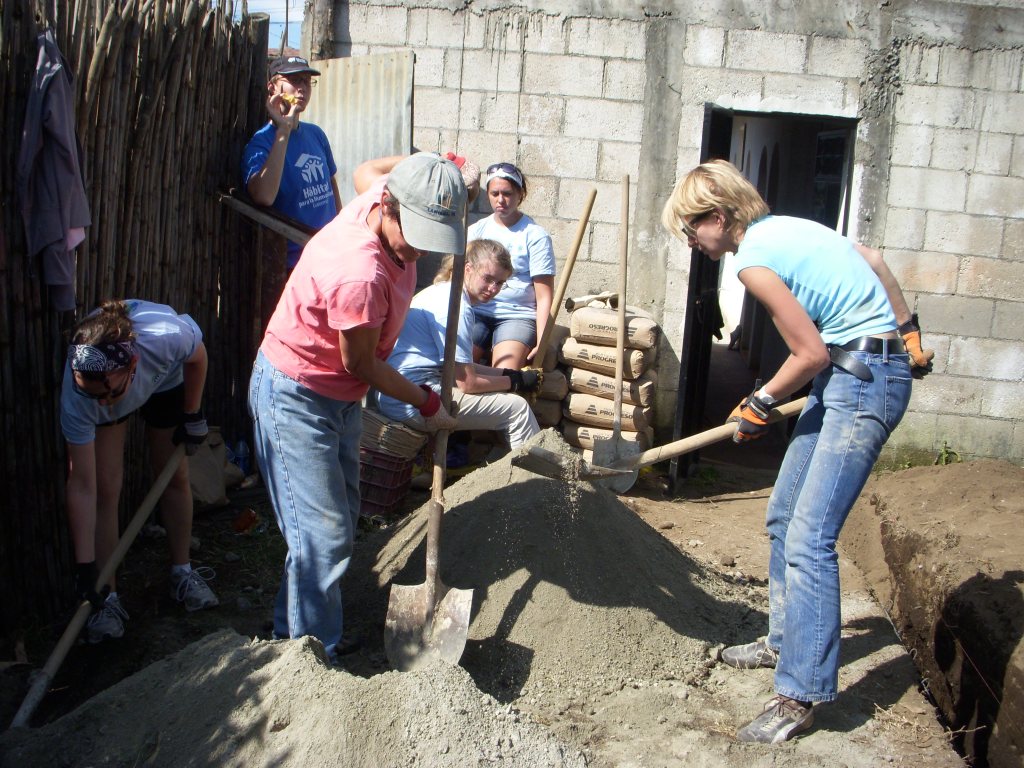
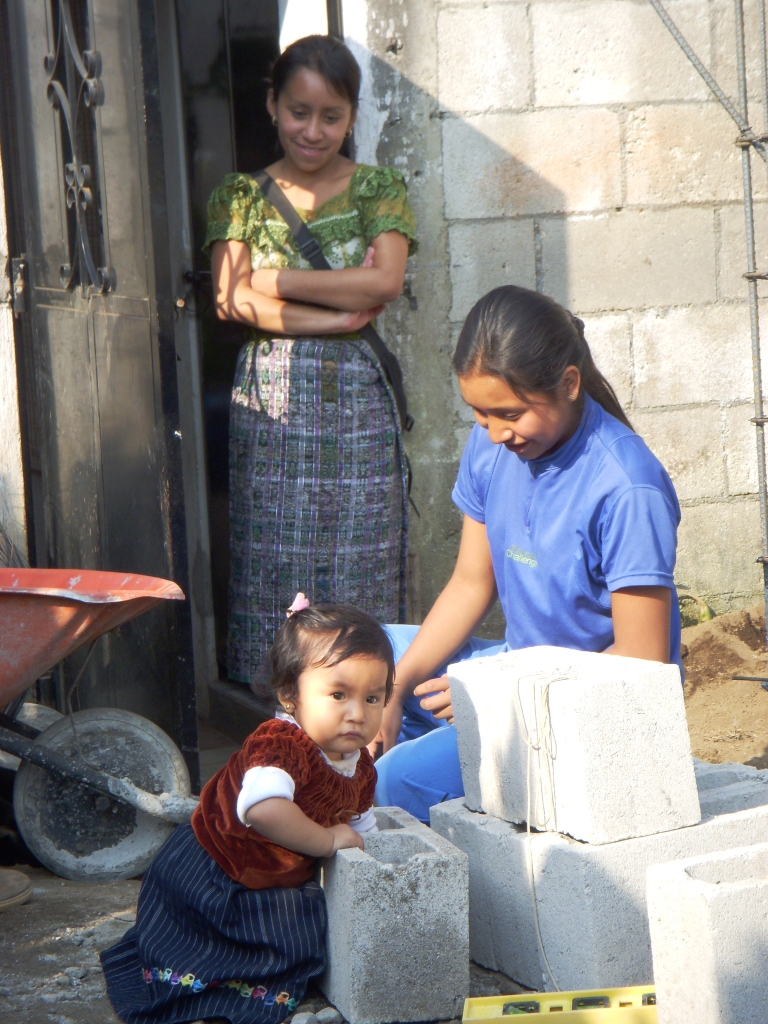
In a tortilla shop along the main avenue in Parramos, a thin strip of struggling plants forming a parkway down the middle of the street, two women patted tortillas as we walked by. A few of us returned for a tortilla-making lesson. The owner introduced us to her family, then brought out a mass of masa, corn meal already in an amorphous lump, and a bowl of water. Pulling off bits of dough, she fashioned them into small balls, handing them to each of us with an outstretched arm. Once we were armed with our dough, she demonstrated the patting movement with slightly wet hands. I had tried this once before, Making Tortillas in Guatemala, and the same thing happened again, the patties ripped as they widened, sticking to my hand, maybe applying too much pressure as if I was working clay, a more malleable substance, too much or too little water, or too much patting, I never figured out which. I had a little more success when I patted without thinking of shaping, the Zen of tortilla making. We slapped them down on the comal, a large flat round gas grill surface. Although many were misshapen, they still tasted like warm doughy tortillas, lightly grilled on the outside, soft and chewy inside, perfect to the taste.

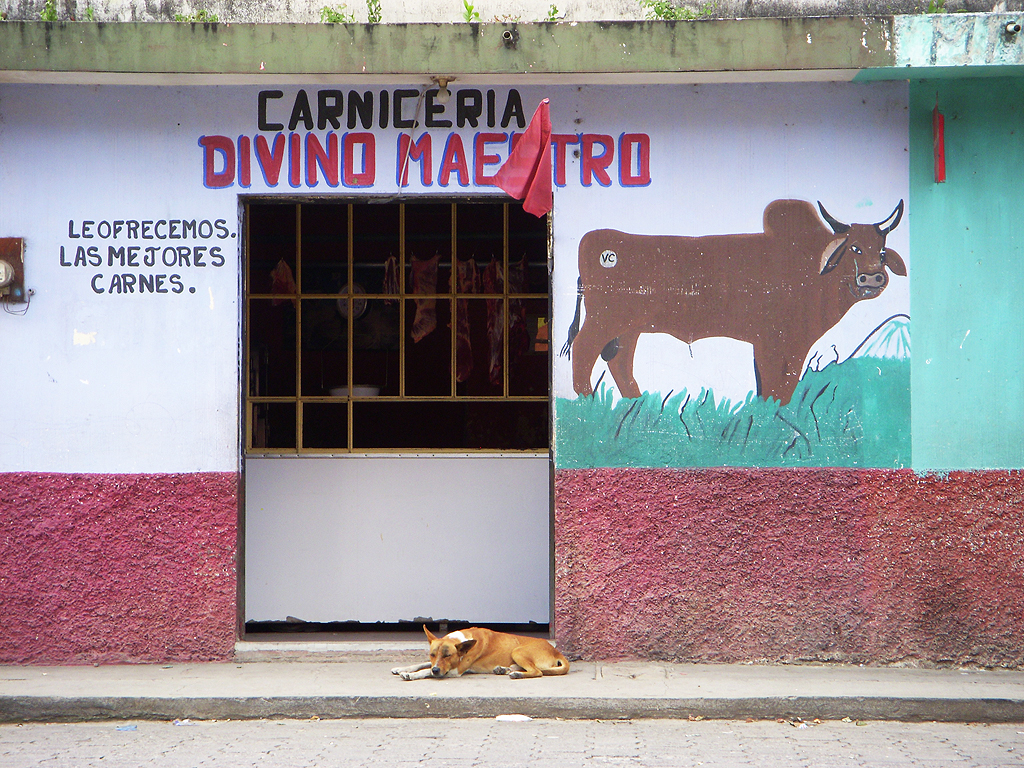
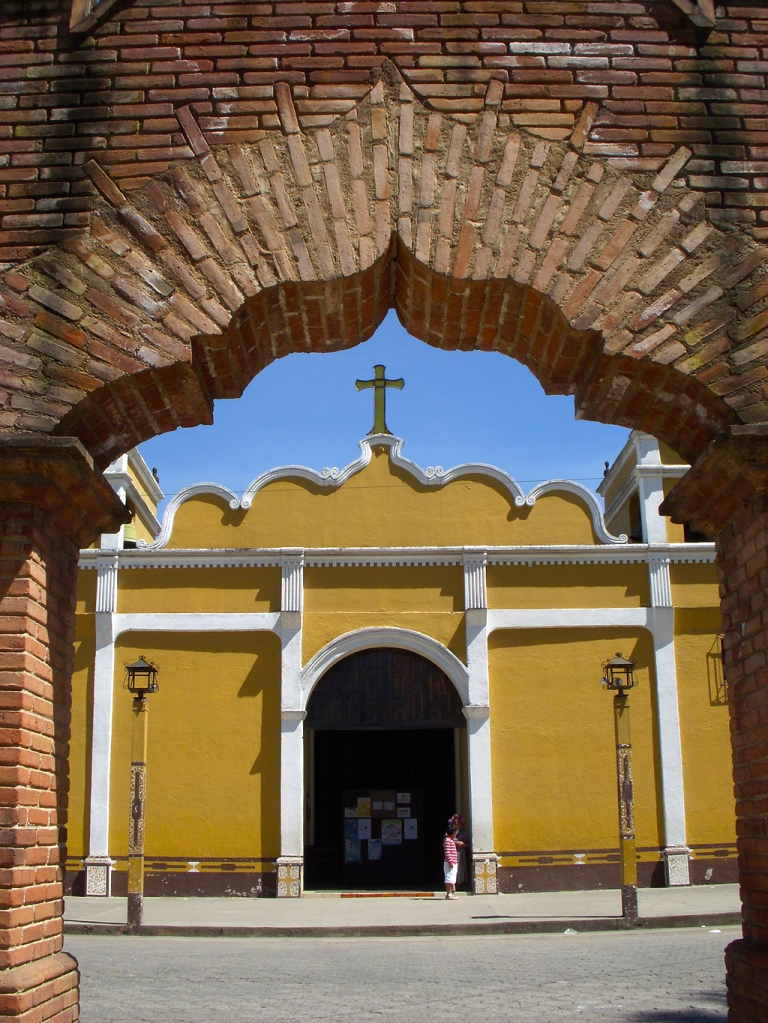
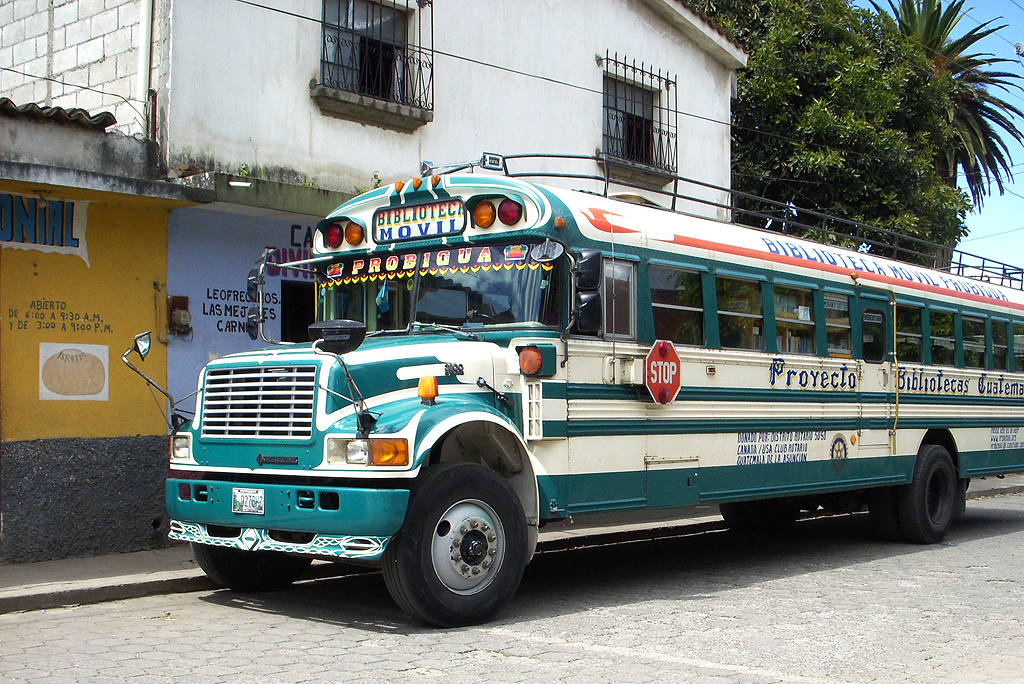



The walls were half way up by the time we left our build site. Two single rooms, one wide enough for a bathroom at the end, kitchen at the other end. The local crew would finish the construction. It was time for despedida, a farewell party! We joined with another Habitat site, masons, family, niños, and volunteers. Susan, Mercy, her sister-in-law and daughter Lopito were dressed in their finest sparkling ropas. Susan in blues, Mercy’s aunt in white and red, resplendent as the quetzal.
Speeches of thanks were given by Habitat staff, family members, a few team participants and even the masons. The one that touched me most was spoken by the daughter at the other site in Jocotenango, heavy set with a white t-shirt bearing skeleton drawings. She thanked us all for helping them build a home; we would be in their minds and hearts for a long time to come as they lived in it. They served tostadas with beans and salsa, cake, cola; a simple set made with their own hands. Photos, hugs, heartfelt goodbyes and thanks; the tears flowed. Que le vaya bien.

Each evening, when we left the site in a van to return to our lodging in Antigua, climbing up above Jocotenango, the familiar green shapes of Guatemala’s hills rose around us. We passed through Pastores, a town of craftspeople that specialized in cowboy boots and other leather goods, making me yearn for the first time in my life, for a pair. The multicolored storefronts advertised the contents offered within, often illustrated with a cartoon-like image of boots. At our (mostly my) request, the next to last drive back, we stopped to explore Pastores, the town of bootmakers and many of us brought a soft handmade pair home.







Please do not download or reproduce images from this site. ©
Your comments are welcome!
Popular posts/stats/categories
Email me at: Ruth@RuthRosenfeld.com

Wonderful photos Ruth 🙂 have a great weekend, PedroL
LikeLiked by 2 people
Thanks for visiting, Pedro! You too. It must be spring in Portugal now (still the end of winter here).
LikeLike
It is still winter, however days are getting warmer and longer, so it definitely tastes like spring 🙂 today it’s like 20* in Lisbon eheh regards, PedroL
LikeLiked by 1 person
Wonderful journal.
LikeLiked by 2 people
Thank you!
LikeLike
Habitat For Humanity is a wonderful organization. They’ve improved countless lives over the years. Hats off to you for helping out.
LikeLiked by 2 people
I’ve done a couple of builds with them over the years. They are needed projects and it was always an interesting experience. I had one scheduled for last November that sounded very different, woven bamboo, but I don’t imagine I would go to Myanmar anytime in the near future now.
LikeLiked by 1 person
What a great experience and wonderful contribution for this family.
LikeLiked by 1 person
Thank you! I’ve done a couple of these – hard work but very rewarding.
LikeLiked by 1 person
What a heartwarming and highly authentic experience! Particularly liked the photo of the girls running hand in hand and the boot flowerpots.
LikeLiked by 2 people
Thank you, Leighton! It was heartwarming and a view to villages not usually seen by visitors. I appreciate your comment on the photos!
LikeLiked by 1 person
Interesting journal and nice pictures.
LikeLiked by 1 person
Thank you!
LikeLike
WoW, another amazing journey. I love the way you bring out the traditions and culture of Parramos and Pastores nestled within the context of your own story.
LikeLiked by 2 people
Thank you!! To me, meeting some of the people and getting to know more about the culture is an important part of travel. These villages were not on the tourist path, but we had an opening to get a unique view of their world.
LikeLike
I enjoyed this journey with you – it’s a ‘feel-good” trip, and the family/community you helped and became friend with are beautiful people. I love their bright clothing and even brighter smiles. That bookmobile is wonderful! Being part of Habit for Humanity is a special love affair with the world’s people. Huge applause to you and those who give to others in this way. ❤
LikeLiked by 2 people
Thank you, Pam! It was hard work but so rewarding. I’ve done a couple of these. I couldn’t resist including the bookmobile since I got such a great response to my post on libraries. 😉
LikeLiked by 1 person
Great photos Ruth
LikeLiked by 2 people
Thank you, Luisa!
LikeLiked by 1 person
🙏🌷🙏🌷🙏
LikeLiked by 1 person
What a wonderful experience you had, Ruth. The photographs tell the story so perfectly. I would be too puny for anything other than painting. Quite a few years ago we used to visit an Italian restaurant in Houston. One of the servers was from Guatemala and seemed to have no Spanish ancestors – entirely native. He looked like an image off one of the pyramids in central America. Rather unwisely, I told him how handsome he was…but got excellent service after that. 😃
LikeLiked by 1 person
That’s not unusual, Kerry. In the bigger cities there is more of a mix, but the villages are largely indigenous with the same families that have lived there for centuries. Thanks for reading!
LikeLiked by 1 person
what a great adventure, so kind to help the locals! Amazing shots 🙂
LikeLiked by 1 person
Thank you, Kate! Hard work but rewarding.
LikeLiked by 1 person
yes it would be most rewarding .. I don’t have many practical skills 🙂
LikeLiked by 1 person
I didn’t either, but I’m trainable!
LikeLike
that makes it even more adventurous!
LikeLiked by 1 person
Beautiful photos
LikeLike